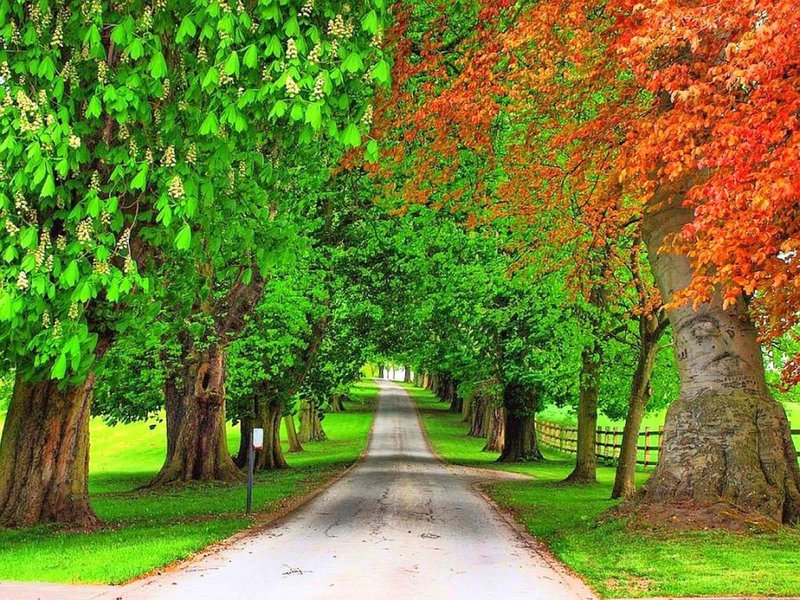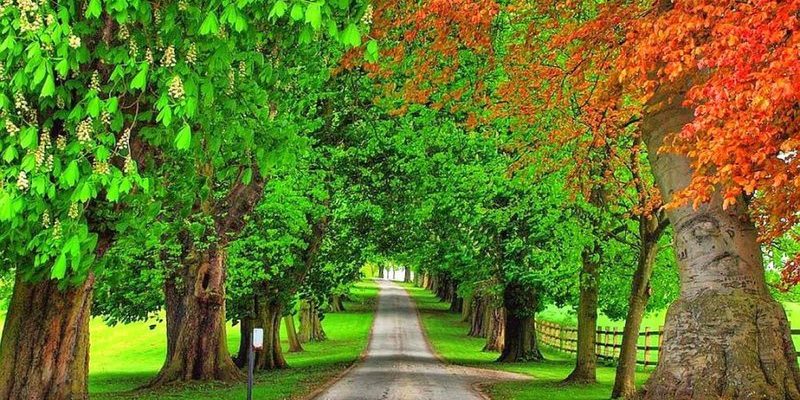
Inchworms, which are actually the caterpillar stage of moths, can wreak havoc on certain trees. Think of them as the unwelcome guests at a party; they show up unannounced, consume all the snacks (or in this case, leaves), and leave behind a mess. However, not all trees are equally affected by these green little munchers. Some trees are particularly attractive to inchworms, making them prime targets for damage. In this article, we’ll explore which trees are most susceptible to inchworm infestations and what you can do to protect your leafy friends.
What Are Inchworms?
Before we get into the trees, let’s take a second to understand these critters. Inchworms aren’t worms at all; they’re the juvenile phase of certain moths, like the Geometridae family. They get their name from their unique way of moving. When they crawl, they appear to “measure” the ground as they inch forward, hence the name.
Inchworms often camouflage themselves against tree bark and leaves, making them difficult to spot. They usually thrive in the spring and early summer, when trees are developing new leaves. These little guys are not just hungry; they can devastate a tree’s foliage if their population gets too high. So, if you’ve noticed an unusually high number of these caterpillars, it may be time to check on your trees.
Common Trees Vulnerable to Inchworm Damage
Some trees seem to attract inchworms like bees to honey. Understanding which trees are particularly vulnerable can help you keep an eye on your foliage. Here are a few types of trees that often find themselves in inchworm crosshairs:
- Fruit Trees: Apple, cherry, and peach trees are favorites among inchworms. Their tender leaves are like a gourmet meal for these pests.
- Deciduous Trees: Trees like oaks, elms, and maples aren’t just beautiful; they’re also a buffet for inchworms.
- Shade Trees: Birch and beech trees are also susceptible, especially when they’re young and have fresh leaves.
You might be wondering why these specific trees get hit harder. It often comes down to the softness and nutritional value of their leaves. Inchworms tend to prefer trees that offer easy access to soft, juicy foliage.
Signs of Inchworm Damage
So, how can you tell if inchworms are having a feast on your trees? Look out for a few telltale signs:
- Defoliation: If you notice leaves are missing, especially in clusters, inchworms might be the culprits.
- Webbing: Some species create silk webs, which can give away their location.
- Frass: This is just a fancy word for insect poop. Tiny pellets on the ground or on your leaves might indicate the presence of inchworms.
If you see these signs, it’s time to take action! Keeping a close watch during the spring can help you catch these pests early, potentially saving your trees from serious damage.
Why Some Trees are More Attractive to Inchworms
You might be curious about why inchworms prefer certain trees over others. The truth is that it often comes down to a combination of factors like leaf chemistry, tree health, and local environmental conditions.
Trees that produce tender, young leaves are often more appealing to inchworms. That’s because these leaves contain higher amounts of sugars and nutrients, which cater to the inchworm’s growth. Additionally, trees that are stressed or unhealthy tend to be more vulnerable. Stressed trees may have fewer natural predators, giving inchworms a chance to multiply.
It’s like the difference between a fast-food joint and a gourmet restaurant. Inchworms are on the lookout for the tastiest options, and when trees are struggling, they become an easier target.
How to Protect Your Trees from Inchworms
Preventing inchworm damage doesn’t have to be a daunting task. Here are some straightforward ways to help keep your trees safe:
- Regular Inspections: Take a stroll through your garden regularly to spot any early signs of infestation.
- Pruning: Keeping your trees well-maintained can discourage inchworms. Remove any infested branches to limit their food source.
- Beneficial Insects: Attracting natural predators like birds and beneficial insects can help control the inchworm population.
- Pesticides: If the infestation becomes severe, consider using organic pesticides. Always follow the instructions carefully.
By taking these proactive steps, you can help ensure that your trees remain healthy and vibrant despite inchworm threats.
When to Call for Professional Help
Sometimes, despite our best efforts, a tree can become overwhelmed. If you’ve noticed a large number of inchworms and they’re causing significant damage to your trees, it might be time to call in the professionals.
A certified arborist can assess the situation better than a casual observer. They can provide targeted treatments and help you understand the best long-term strategies to protect your trees. Here’s what to look for in a good arborist:
- Credentials: Ensure they are certified and knowledgeable about local tree species.
- Experience: Look for someone with a track record of successfully managing tree pests.
- Consultation: A reputable arborist will offer a thorough inspection and tailored advice based on your unique landscape.
Having an expert on your side can help you feel confident that your trees will stand the test of time, even against pesky inchworms.
Trees are more than just scenery; they are crucial parts of our ecosystem and our communities. Understanding the threats posed by inchworms can help you protect these natural beauties. By knowing which trees are most vulnerable to inchworm damage, you can take steps to safeguard your plants. Regular checks, good maintenance, and being aware of the signs of distress can significantly improve your trees’ resilience against these tiny pests.
Whether you have fruit trees in your backyard or majestic oaks lining your street, keeping an eye on their health is essential. With a little knowledge and care, you can help ensure that inchworms don’t turn into a devastating problem for your trees, allowing them to thrive for many seasons to come.

